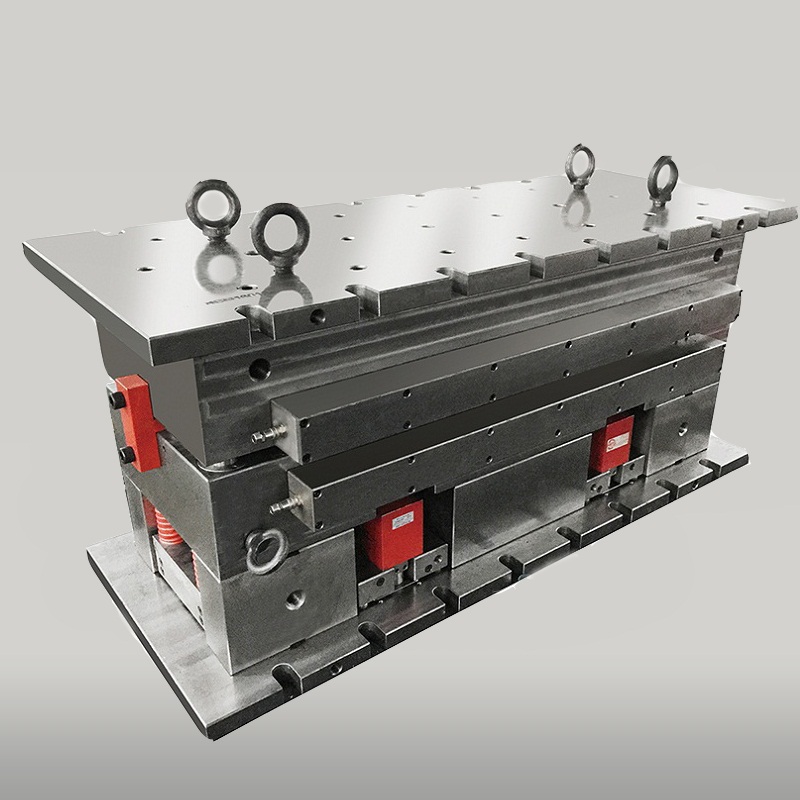Exploring the Export of Long Fiber Thermoplastics Molds to Iran
2024-03-29
Long Fiber Thermoplastics (LFT) have become increasingly popular in various industries for their exceptional mechanical properties, lightweight nature, and versatility in manufacturing. As demand for LFT products continues to rise globally, it's no surprise that these innovative materials are finding their way into markets such as Iran. In this blog post, we'll take a closer look at the specific types of LFT molds being exported to Iran and the implications for the country's industrial landscape.
LFT molds play a pivotal role in the production of components made from Long Fiber Thermoplastics. These molds are engineered to precision to ensure the efficient and accurate shaping of LFT materials into desired forms. Here are some specific types of LFT molds that are being exported to Iran:
1. Injection Molds: Injection molding is one of the most common processes used for shaping LFT materials. Injection molds designed for LFT applications are engineered to withstand high temperatures and pressures while maintaining dimensional accuracy and surface finish. These molds are used to produce a wide range of LFT components, including automotive parts, consumer goods, and industrial components.
2. Compression Molds: Compression molding is another popular method for processing LFT materials, particularly for applications that require high-strength and dimensional stability. Compression molds for LFT typically feature robust construction and precise cavity designs to ensure uniform material distribution and optimal mechanical properties. These molds are commonly used in industries such as aerospace, construction, and sporting goods.
3. Extrusion Dies: Extrusion is a versatile manufacturing process used to create continuous lengths of LFT profiles, sheets, and films. Extrusion dies for LFT materials are designed to control the flow and shape of the molten thermoplastic during the extrusion process. These dies play a critical role in determining the final dimensions, surface finish, and mechanical properties of extruded LFT products.
4. Thermoforming Molds: Thermoforming is a process used to shape thermoplastic sheets into various three-dimensional forms using heat and pressure. Thermoforming molds for LFT materials are designed to accommodate the specific requirements of the thermoforming process, including heating, cooling, and forming. These molds are used to produce a wide range of LFT products, including packaging, signage, and consumer goods.
5. Rotational Molds: Rotational molding, also known as rotomolding, is a manufacturing process used to produce hollow LFT products such as tanks, containers, and playground equipment. Rotational molds for LFT materials are typically made from aluminum or steel and feature intricate cavity designs to create complex shapes with uniform wall thickness. These molds are designed to withstand the rotational forces and high temperatures encountered during the molding process.
In summary, a variety of LFT molds are being exported to Iran to support the growing demand for Long Fiber Thermoplastics in various industries. These molds play a critical role in the manufacturing process, enabling the efficient production of high-quality LFT components and products. As Iran's industrial sector continues to evolve and expand, the demand for advanced materials like LFT is expected to increase, driving further growth in the export of LFT molds to the country.



